Side underrun protection devices or ‘lateral protection devices‘ occupy larger spaces between axles on a rigid truck or a semitrailer. They are barriers or plates that sit in the space between axles. They are designed to:
- Stop road users such as cyclists and pedestrians falling under the rear wheels of a truck or trailer
- Minimise the potential damage a roadside obstacle might cause if the truck turns in too early
- Increase aerodynamic efficiency.
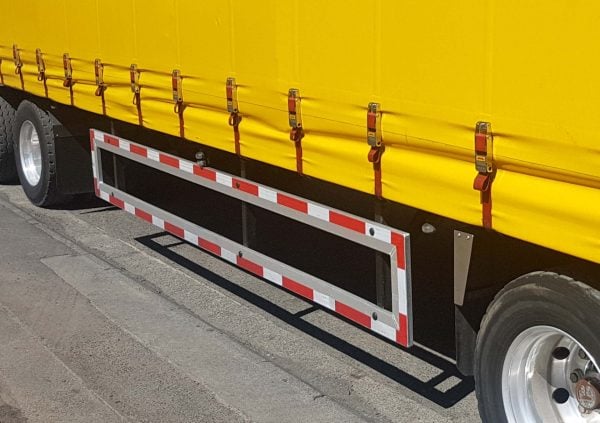
The barriers help stop a person falling under the vehicle where they might be run over by the rear wheels. Cyclists can be thrown off-balance by a truck overtaking them. Truck drivers occasionally misjudge their swept path and run into stationary cyclists waiting at an intersection. The underrun usually consists of one or more rails or a flat panel along the side which gives the pedestrian something to push against to get out of the way of the rear axles.
In the case of roadside obstacles, the lateral protection device could push them out of the way without risking the axle sets rolling over the obstacle – something that might damage airbag suspension or even tip the trailer over. If the roadside obstacle is immovable, the side underrun protection serves as a less expensive early warning for the driver, rather than running the rear axles into the obstacle; they can usually be replaced easily.
A by-product of their design is that they can increase aerodynamic efficiency by reducing the airflow under the truck or trailer. This improves fuel consumption. However, drivers with solid panels will find that there is more sideways pressure on the truck in a strong sidewind.
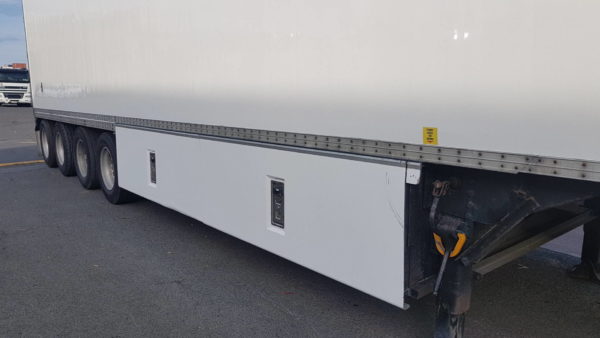
The devices are made from one or more of steel, aluminium and plastics.
There’s no regulation in New Zealand that means truck drivers must have side underrun protection, unlike in Europe where they must conform to UN ECE R73 regulations.
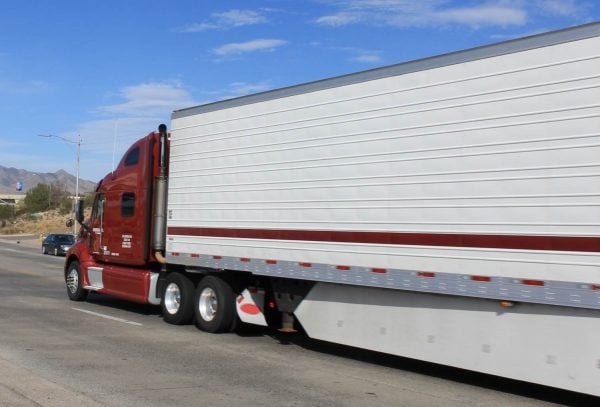
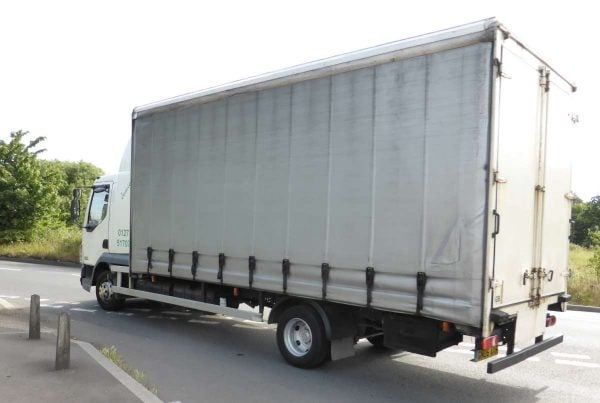
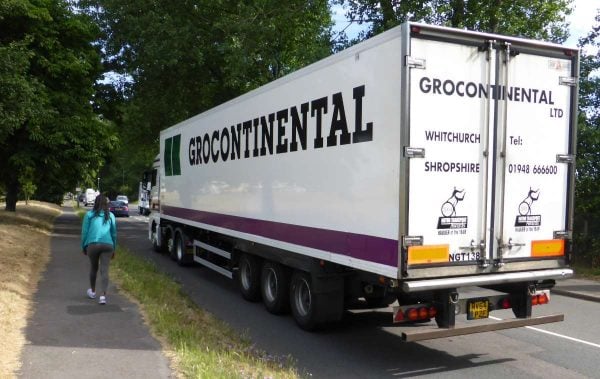
Lateral protection devices should not protrude from the edge of the truck beyond the maximum legal width. The surfaces should be smooth and any overlapping edges should face rearwards or downwards. Rails should be no more than 300mm apart. Fuel tanks and toolboxes can also form part of a lateral protection device even though they might be constructed of chequer plate.
UN ECE R73 contains a detailed list of requirements.
Why are underrun accidents so dangerous with trucks?
As well as the obvious nature of unprotected road users such as cyclists and pedestrians, cars are not designed to withstand an impact at the height of the truck or trailer body. A car’s crumple zones are focused at the bumper level, but a car hitting the truck body would hit at bonnet or A pillar level where there is much less resistance.
Monash University in Australia recommended that all heavy vehicles have underrun protection at the side, rear and front.

